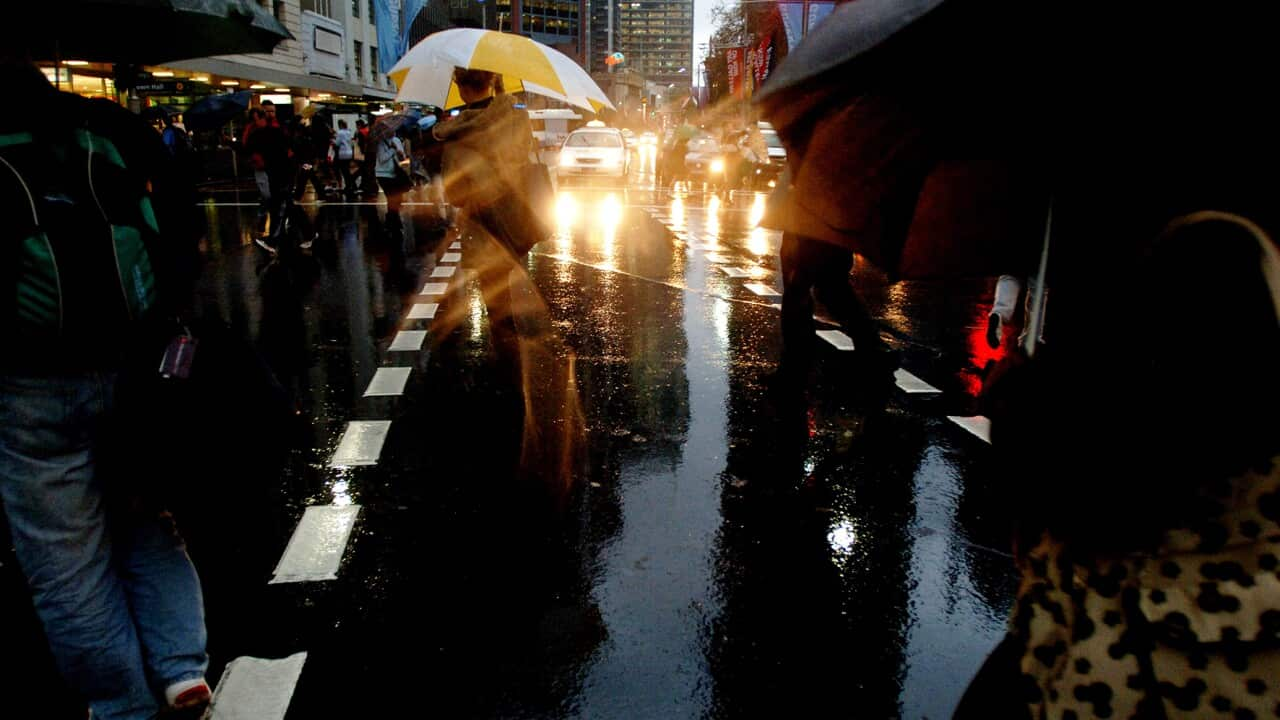New printed solar panels that make electricity cheaper and more accessible could end up 'disrupting' the energy industry, according to Aussie scientists behind the invention.
Researchers at the University of Newcastle have recently developed an electronic ink product made from non-toxic carbon-based materials, which can then printed onto plastic sheets to create solar panels.
“The cells are based on a class of materials known as semiconducting polymers,” says the research lead, physics professor Paul Dastoor, who has been working on the concept for 20 years.
“We use blends of those materials to create the layer that does the conversion of sunlight into electricity.”
We don't use very complicated polymers to specifically allow us to minimise the costs.
One of the strengths of printed solar is its inexpensive manufacturing technique that means it is cheap to produce - around $10 a square metre.
The electronic ink is a strong absorber of light, which means only a small amount is needed per sheet. “The layer that's doing the light absorption and conversion into electricity is around 100 nanometres thick, so that's .1 of a micron,” says Dastoor. “The synthesis of those inks is actually very straightforward. We don't use very complicated polymers to specifically allow us to minimise the costs.”
Solar panels with a social purpose
Dastoor hopes the reduced cost of printable solar compared to traditional panels (according to Choice, in 2013 a 2.0kW system cost $4400) will encourage more people to switch their homes to solar energy, while a partnership with logistics company CHEP will test the technology’s commercial application at a pilot site in 2018.
Printed solar could also benefit developing countries, where many of the 1.2 billion people currently living without electricity are found.
Another potential beneficiary is disaster relief. Red Cross Shelter Delegate Leeanne Marshall assisted in the relief effort following Cyclone Winston in Fiji and the Ecuadorian earthquake, both in 2016. Her role is to help provide survivors with shelter in the aftermath of a disaster.
Our immediate focus is life-saving and risk-reduction, but then after that we want to try to assist people to get back to their normal lives as quickly as possible, and as safely and securely as possible.
The scene that greets relief workers is one of major destruction, says Marshall. “We went to villages in Fiji where 90 per cent of the houses were down,” she recalls. Often “there's just nothing left in terms of infrastructure.”
With most basic services affected, the priority is addressing basic human needs like food, water and shelter. “Our immediate focus is life-saving and risk-reduction, but then after that we want to try to assist people to get back to their normal lives as quickly as possible, and as safely and securely as possible.”
Access to electricity is invaluable in a post-disaster setting for many functions: refrigeration of food and medical supplies, powering communications systems, charging mobile phone and tools required to clear debris. Longer term, it means schools can reopen faster and people can go back to work. At present, remote communities may have to wait months or years for power.
Marshall believes a reliable, portable energy source would be of great use in a relief effort. Red Cross currently distributes small solar lamps in relief packs primarily for safety, but printed solar could provide lighting to an entire community. “It's really important for the safety of women and children post-disaster to make sure that there's adequate lighting.”
Dastoor is not yet in contact with any NGOs or relief agencies, but he’s optimistic about the technology’s application after a disaster. Printed solar could be produced on demand, “and then we can just transport them and fly them in,” he says.
Printed solar panels: the fine print you need to know
In a laboratory setting, printed solar can last for up to seven years. In practice, its lifespan will depend on what materials encase the sheets. “[It’s] a balancing act between how much we're willing to pay to protect them and how much we want them to cost,” says Dastoor.
But to be competitive with silicon panels, printed solar needs to last two to three years. “At about five to six years’ lifetime we know that the cost will be competitive with energy produced by coal generation.”
An average 150 square metre roof coated in printed solar should provide enough power the home underneath it. “We can also look at coating walls and windows as well,” says Dastoor.
“The interesting thing about these materials…is that they work better at low light levels than conventional PV. That means that all parts of the building are available to us to generate power.”
Hundreds of metres of the solar sheets can also be printed in a single day, and installation is as simple as rolling out the laminated sheets.
In May 2017, the university unveiled an on-campus demonstration site where researchers can perform final phase testing and make modifications.
More research into the innovation is currently being conducted.


